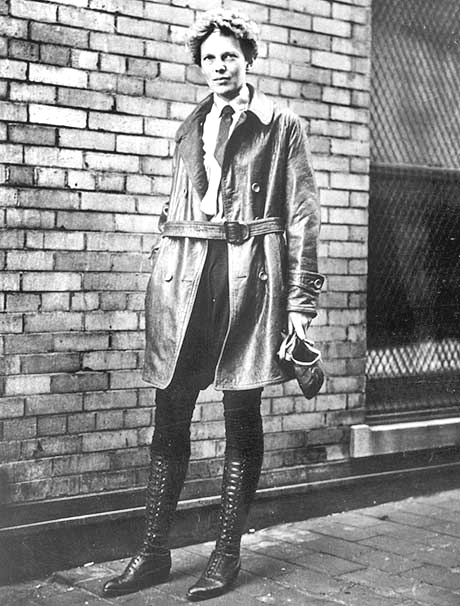In some airplanes you just might have to think about proper pilot shoes.
The issue is having a feel for the rudder control while not interfering with the rudder pedals or brakes.
The very best shoes for pilots of tailwheel airplanes are casual Driving Shoes. (Driving shoes as in loafers, not the fireproof boots worn by NASCAR drivers.) They are narrow, soft, comfy, often without laces that might get caught, have rounded heels that grip the floor, and are designed so that drivers, or Formula 1 wannabes can feel the accelerator and brake pedals as the weave through twisting road courses at speeds we can only dream about in the Champ.
Some airplanes, especially Piper Cubs, Aeronca Champs, and other narrow tandem seated airplanes designed in the 1930s and 1940s were built around men who averaged 140 pounds and had size 8 shoes. In these airplane types, the rear seated pilot’s rudder pedals and brakes are situated to either side of the forward seat with very limited space between the seat structure and the cabin walls.
Trust me, crosswind takeoffs and landings can be absolutely thrilling when wide footwear encasing size 12 feet get caught up in the combined mess of cables, seat tubing, rudder pedals and seat belt attach points. The extrication antics definitely provide entertainment for your adoring onlookers and hapless passenger as you careen from side to side down the runway.
As you might guess, getting a feel for the rudder and its effect on tailwheel airplane landings is a great part of the Tailwheel Endorsement Course. It has been suggested that going commando in the footwear area would give the best tactile feedback. Great idea except…there are rudder cables and associated connection hardware near the rudder pedals. There can be cable ends and even a bit of frayed wire…ouch. Bleeding and pain are distractions. Doesn’t work.
If you are a newly hired Regional Airline Pilot, or Freight Pilot, your first choice for cool pilot footwear will naturally be cowboy boots or chelsea boots. Bad choice because the tops of the boots can get jammed under the instrument panel and cause some real fun. Real pilots might go online and find Test Pilot Boots. Save these to impress your friends but don’t even consider them unless you are flying a B-52. They lace up all the way and will inhibit your ability to use delicate ankle action on the rudders.
How about sandals for flying? Nope, too loose and easily caught up. Flip-flops? You gotta be kidding. Running shoes? Too wide and too stiff for feel. Cross training shoes? Might work if narrow. Boat shoes? Usually good, just keep the laces short.
Precision piloting is very much a matter of making a series of good choices. Start at the top by using your mind to assess all of the factors affecting your proposed flight, and don’t quit until you select the proper flying footwear.


Recent Comments